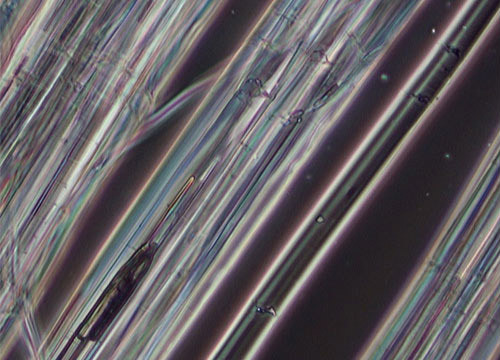Hemp Fibers
Today, hemp products are surrounded in controversy, but as far back as ten thousand years ago they were considered a staple of civilization. Early American colonists were legally bound to grow hemp, and the United States government subsidized the production of hemp during the Second World War. Hemp is a particularly valuable commodity because it is the world's strongest natural fiber.
 Negative
Negative
 Positive
Positive
Positive
The reason hemp fiber is not as popular presently is because of its association with drug use. The most useful hemp fiber is derived from the plant Cannabis sativa. In modern day America, hemp (meaning the roots, stalks and stems of the Cannabis plant) is legal to posses. The flowers, buds, and leaves of the plant, however, are considered to be associated with the drug, marijuana, and are illegal to possess. Since it is impossible to grow hemp without being in possession of marijuana, the United States does not currently produce any industrial hemp products. Yet, recent research, coupled to a change in the tide of popular opinion, is returning hemp to the forefront of the textile industry. Many other countries, which never ceased their hemp production, export their products to the United States.
Negative
The many advantages of hemp fibers are hard to ignore. Hemp cloth is stronger, longer lasting, more resistant to mildew, and cheaper to produce than cloth made of cotton. In fact, the original Levi Strauss jeans were even made from a hempen canvas. Hemp fiber paper resists decomposition and some samples have survived more than 1,500 years. Hemp products, such as ropes and nets, are famous for their strength and durability and were some of the very first items ever made from the plant. There are also environmental benefits to using hemp fiber. Hemp grows well without herbicides, fungicides, or pesticides, and produces more pulp per acre than timber on a sustainable basis.













